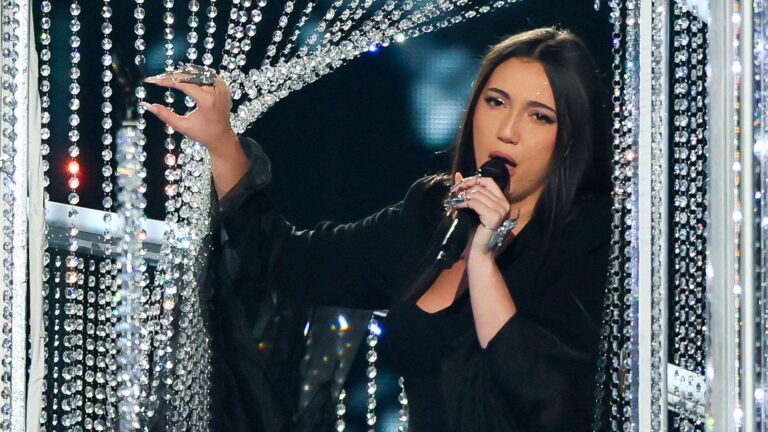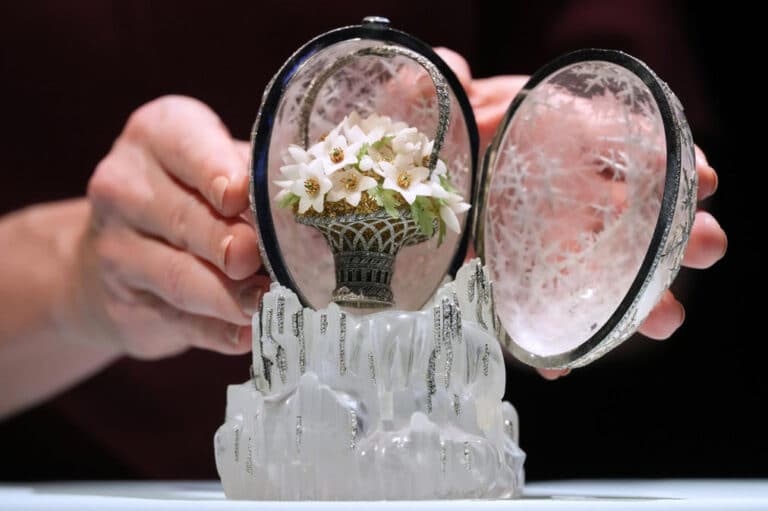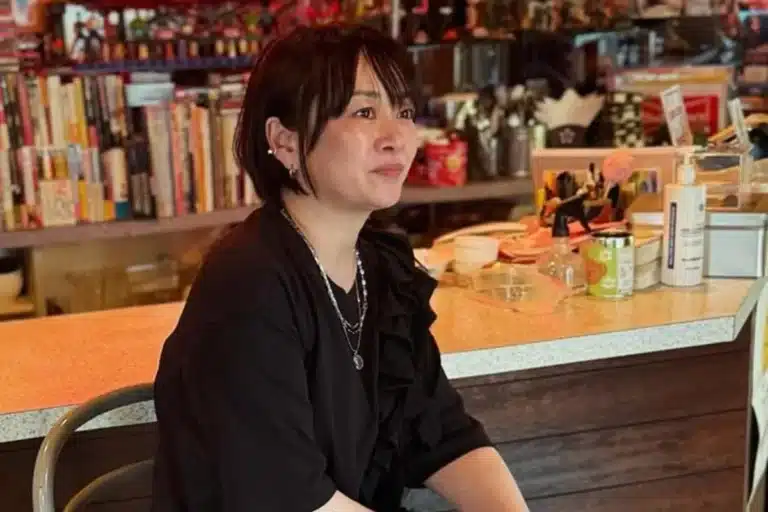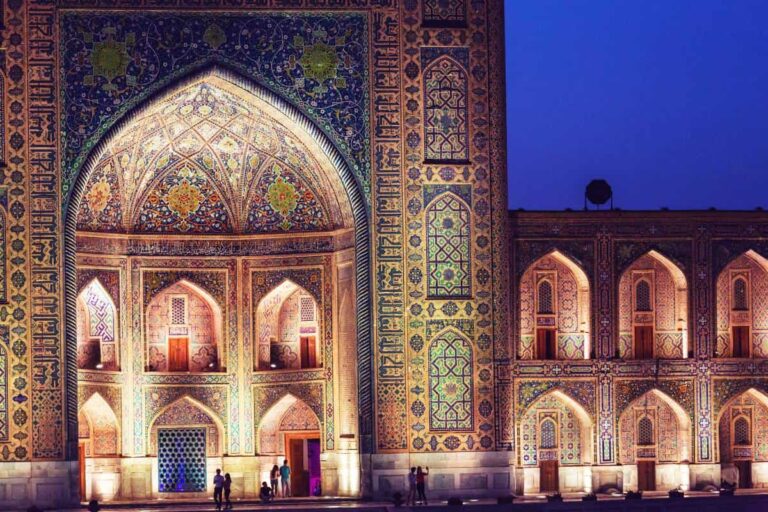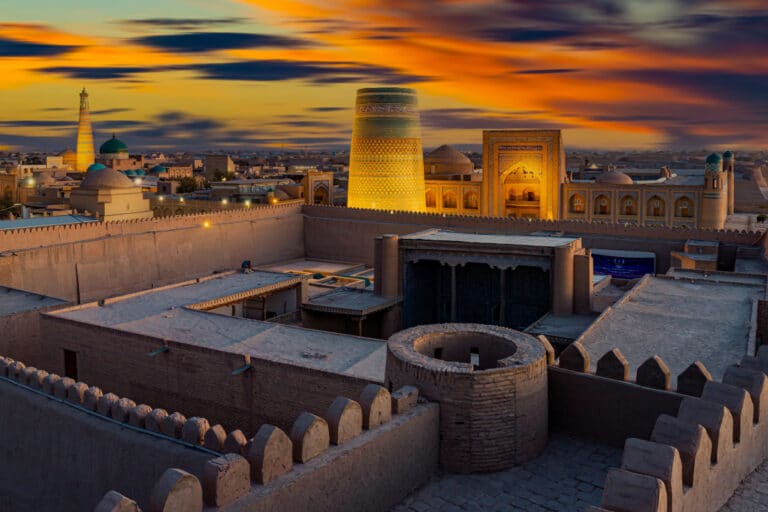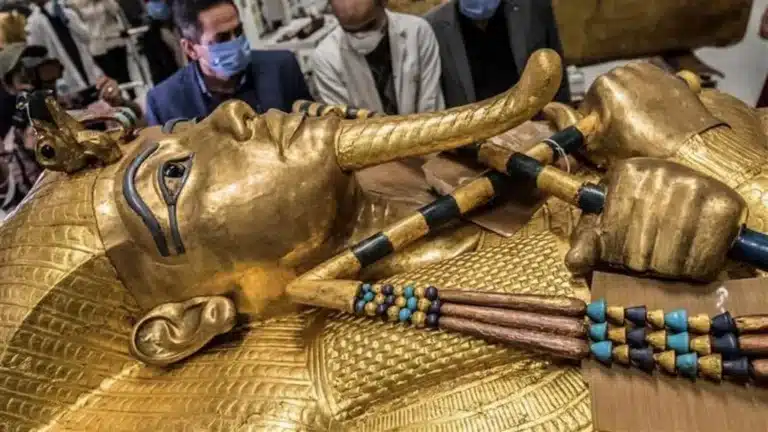
What is mahr, and why does it matter
In Islamic weddings, mahr, a mandatory gift from the groom to the bride during a nikah, has long symbolised respect, financial protection and marital commitment. For some, it’s a deeply meaningful tradition; for others, it’s a mere formality or a tool of leverage in divorce disputes.
Kursiv Uzbekistan spoke with women, families, imams and legal experts to understand the evolving significance of mahr in Uzbekistan—and why it continues to spark debate.
A mahr of conflict
Five years ago, Gulchehra was engaged to Rustam, a young man from a neighbouring village. He gifted her a gold engagement ring with a red stone.
“That was huge. Everyone envied me,” recalls Gulchehra.
After the wedding, she discovered that the ring was fake. Her joy quickly turned to humiliation, especially when her mother-in-law insisted that she “prove her worth” before receiving a real one. Rustam offered no support during this difficult time, and tensions began to rise. Four months later, Gulchehra decided to leave the marriage.
“It wasn’t just the ring, it was how easily I could be deceived and disrespected,” she says.
Rustam, who was experiencing financial difficulties, had meant for the ring to be a personal symbol of respect. However, influenced by his mother, he didn’t select the ring himself and failed to foresee the consequences. “As is a promise. I couldn’t keep mine,” she admits.
Legal grey zone
Civil lawyer Firuza Jalilova notes a growing trend: mahr and kalym (bride price) are increasingly central in divorce disputes.
“Ten years ago, the concept of mahr barely came up. Now, it’s discussed in over half of divorce cases,” she explains. “Still, secular courts do not rule on it; it’s beyond their jurisdiction.” She also observes a cultural shift. Today, some brides request houses or cars as mahr, while others prefer informal religious marriages as second wives.
Guzal, a university student preparing for marriage, believes mahr should offer real security:
“A gold chain is nice, but I’d prefer a two-bedroom apartment. If the marriage fails, I won’t go back to my parents — I’ll have my own place,” she says.
Woman’s rights by Sharia
According to Imam Yakub Bukhorboev of Uzbekistan’s Muslim Board, the minimum mahr in Uzbekistan is around 2 mln soums (approximately $150), but the amount depends on the groom’s finances.
“Mahr belongs solely to the bride. She keeps it even after divorce. It’s financial protection,” he explains. It can be symbolic or substantial —ranging from jewellery to real estate property.
Matchmaker’s viewpoint
Nigora, a professional matchmaker with 20 years of experience, has noticed a more materialistic attitude among modern brides.
She says, “Women without higher education often demand houses or cars, while educated women usually ask for a symbolic mahr, as they understand the value of money.”c
Nigora believes that mahr was originally intended to protect women, especially when men went off to war. She supports the idea of prenuptial agreements as a secular version of mahr, which can be enforced by courts, unlike verbal agreements.
Lawyer Amrullo Akhmedov agrees that mahr is not required by law, but if it is given, it cannot be reclaimed. Most mahr disputes are resolved at the local community (mahalla) level, with elders acting as mediators.
Reflection of religious influence
Historian Nigara Khidoyatova links the renewed interest in mahr to a broader religious revival.
“Central Asia has yet to overcome feudalism. Clergy are regaining power, and Islam is filling the gaps left by weak secular institutions,” she explains. She believes that the rise of mahr highlights the erosion of civil systems and the increasing role of Sharia in everyday life.
Senior Researcher of the Institute of State and Law of the Academy of Sciences of the Rupublic of Uzbekistan Ravshan Nazarov argues that mahr should be integrated into Uzbekistan’s secular legal framework through civil marriage contracts.
He emphasises the need for public education: “Mahr must be seen as a supplement, not a replacement, for official marriage registration. Relying solely on nikah undermines women’s rights,” he warns.
A symbol of insecurity?
Security and political psychology expert Boboyor Turaev connects the popularity of mahr to the increasing divorce rates and social anxiety.
He notes, “Despite state rhetoric on family values, divorces are on the rise, often due to early marriages and economic hardship. People seek stability in familiar traditions like mahr.”
In this context, mahr is not just a custom; it becomes a psychological anchor.
Global perspectives on mahr
In Syria, the mahr is divided into two parts: one is paid before marriage, and the other is given upon divorce.
Lina Al-Khatib, who divorced in 2022 after seven years of marriage, explains,”I received $4,000 in mahr. It was my only financial safeguard.”
She notes that a woman cannot initiate a divorce unless the man agrees or breaks the contract.
In Kerala, India, 31-year-old Mujib Kallayi describes mahr as a required but informal gift of gold.
“There’s no contract, just mutual respect and an word agreement. The groom brings gold, and the bride brings trust.”
In Uzbekistan, mahr is evolving from symbolic tokens of love into instruments of security, power and cultural expression. As society grapples with legal ambiguity, economic uncertainty and rising religiosity, this ancient practice continues to be both a source of comfort and controversy, shaped by tradition and the modern realities of marriage.




